Days 6: Ingushetia
Enter
the Russian Federal Republic of Ingushetia, a gorgeous mountain region
and the smallest of the Russian republics, populated mainly by the
indigenous Ingush people, who have close ties to the Chechens.
It is the
smallest of the Russian republics, and its people are Sunni Muslim.
The Ingush were deported to Central Asia, along with the Chechens, and
other North Caucasus people, after Stalin accused them of collaborating
with the Nazis in WWII. They weren't allowed to return until Khrushchev
took office.
Ingushetia has been less resistant to Russian rule, choosing to remain with Russia when Chechnya declared independence in 1991.
Since
the special permit required to travel through the mountains of
Ingushetia has been granted, the day will begin early with a drive up
into Erzi Nature Reserve, where forested slopes, hilly steppe, and
alpine meadows serve as a habitat for a huge diversity of wildlife, as
well as some 160 historical and cultural sites. These include hundreds
of medieval stone lookout towers that guarded the valleys, passes, and
roads of Ingushetia.
Visit one of
the highlights of Ingushetia, the battle tower of Vovnushki. One of
nearly 2,000 Ingushetian medieval stone towers scattered throughout the
mountains, Vovnushki's two towers rise from a steep rock, looking like
something out of Lord of the Rings. Once tied together with a causeway
the two towers were finalists in the 2008 "Seven Wornders of Russia"
contest.
Inspect the ruins of one of
the eareas's earliest churches, Tkhaba-Yerdy. Originally built sometime
in the 8th or 9th centuries, the present edifice dates back to the
14th-16th centuries.
The heavy stone church is decorated with carved
stone sculptures. After the advent of Islam, it may have served as a
meeting place of the clans.
Continue to Grozny for the rest of the day.
Driving time today for this variant in total will be 6-7 hours, including winding mountain roads with rough surfaces.
Grozny,
the ravaged but rebuilt capital of Chechnya, is today a bright place
featuring a handsome new mosque, a renovated church and a pleasant
downtown filled with shops and restaurants. Take a night walk around the
modern city, and meet with one of the city’s traditional singing
ensembles to hear their songs. Admire alpine Lake Kezenoy-am, the
largest lake in the North Caucasus.
I don't know what, if
anything, happened to my personal blog for today. Now, months afterward
(end of October), I don't have any recollection save what I can dredge up
from my photos. I will check my phone to see if I might have written
something up there.
I can recall some of the magic of the country. Imagine all these towers, in little groups, sitting on tops of mountainsides....sometimes in the mist or fog. It is like out of some fantasy novel or movie.
When we stopped at Vovnushki, there was a campground nearby where local people would come to enjoy nature and have picnics. Michel told us to explore the site and to join the locals for tea. I thought that might be rather presumptuous and, when I encountered some of the groups of people wandering around, I was kind of shy, smiled and tried to say hello in Russian.
But, as I bumped into more people, I started to get invitations to have tea with them, which would have been lovely, but we had by then gotten the message that we were leaving soon. I did manage to have Michel take my photo with one group of women and children and one of the students took some pics of me with fellow students.
The parts of Ingushetia that we saw did have amazing scenery with those watchtowers.
I broke up the photos for today into two parts: Ingushetia and Chechnya. A short desccription of the rest of the day follows with our entrance into Chechnya.
MIR Web Site: The Republic of Ingushetia
The Russian Federal Republic of Ingushetia is a gorgeous mountain region
populated mainly by the indigenous Ingush people, who have close ties
to the Chechens. It is the smallest of the Russian republics, and its
people are Sunni Muslim.
The Ingush were deported to Central Asia,
along with the Chechens and other North Caucasus people, after Stalin
accused them of collaborating with the Nazis during WWII.
They weren’t
allowed to return until Khrushchev took office.
Ingushetia has
been less resistant than Chechnya to Russian rule, choosing to remain
with Russia when Chechnya declared independence in 1991.
Ingushetia, like Georgia’s Svaneti and Tusheti mountain regions, is known for its medieval watchtowers.
Ingushetia’s towers are a little different, however, their architecture
harking back to Urartian times. Built of huge dressed stones with
tapering walls mortared with clay-lime, the towers were of two different
types.
The shorter, wider residential towers were two to four
stories high, with flat shale roofs, and held an extended family and
their livestock. The tall watchtowers, or battle-towers, were more
slender, with embrasures for archers, and stepped roofs.

 Ingushetia, Республика Ингушети&, Russian Federation
Ingushetia, Республика Ингушети&, Russian Federation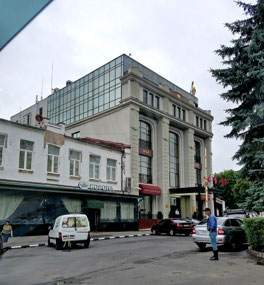
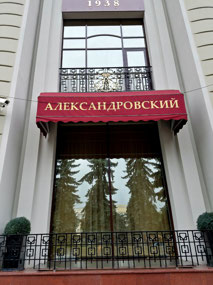
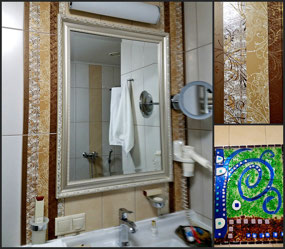
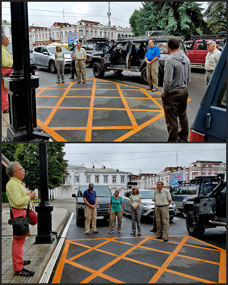


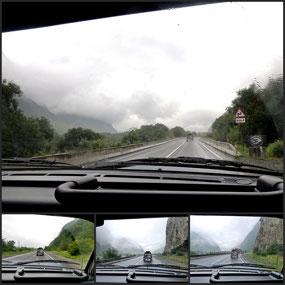

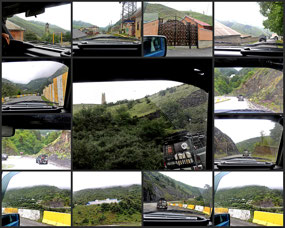
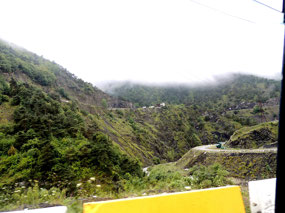
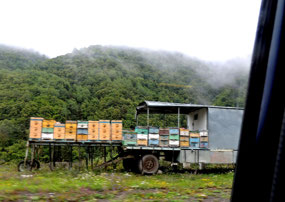
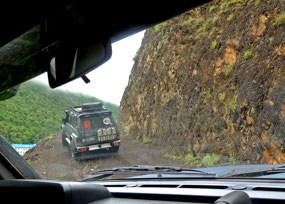
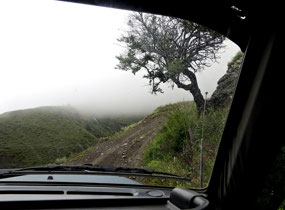


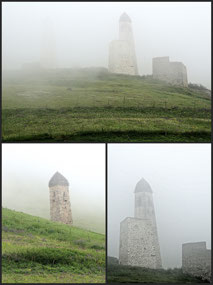
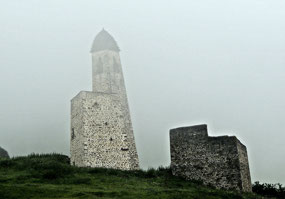
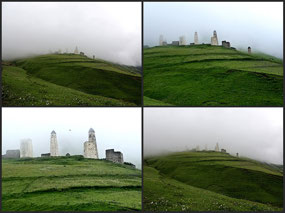
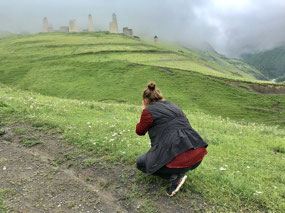
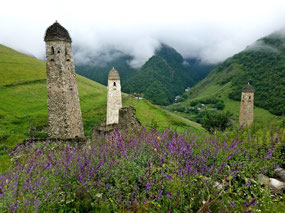
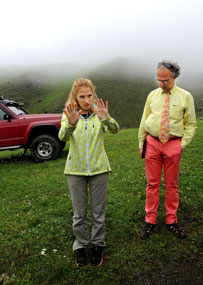
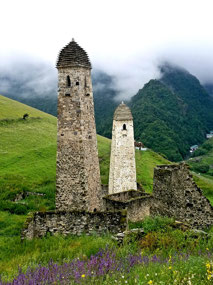
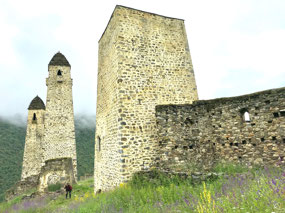
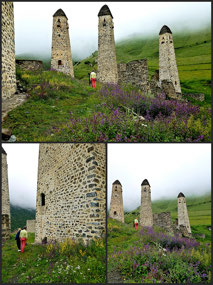
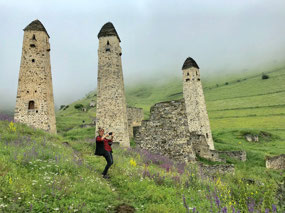
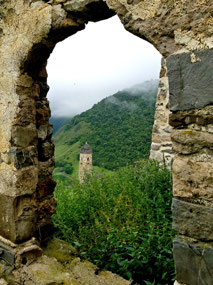
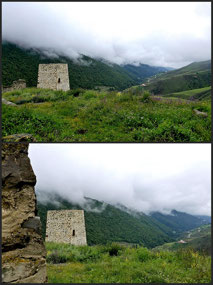

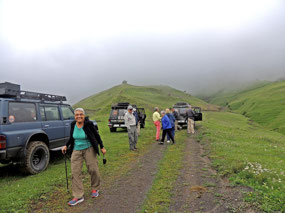


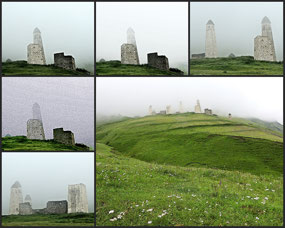
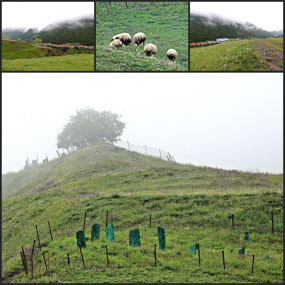
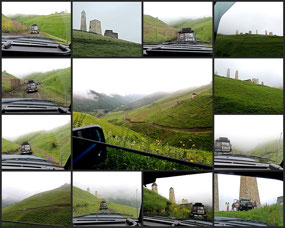
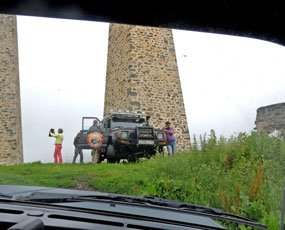
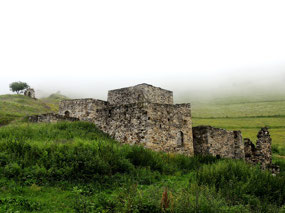
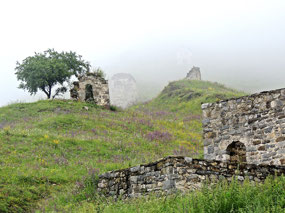
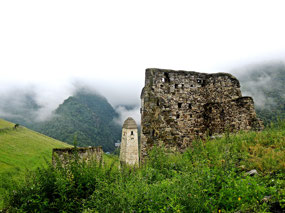
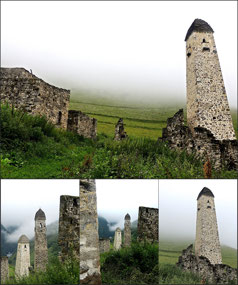
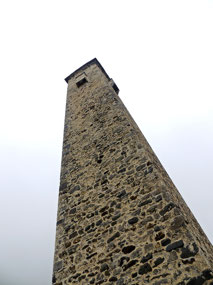


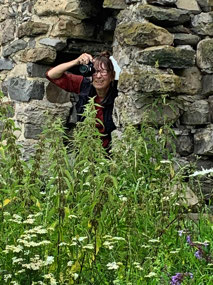
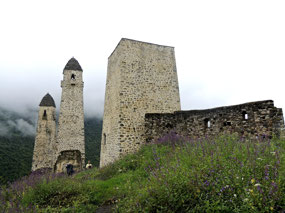
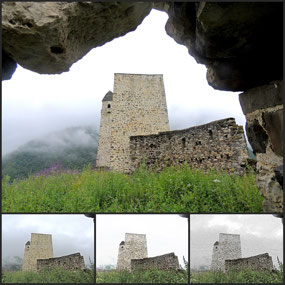
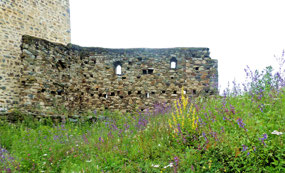
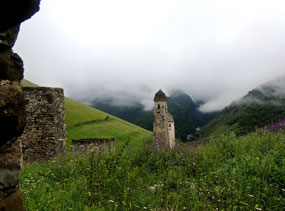
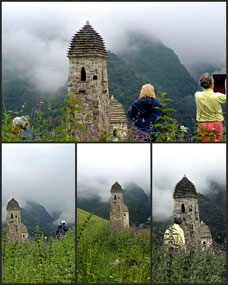
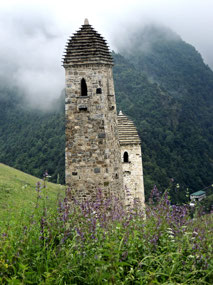
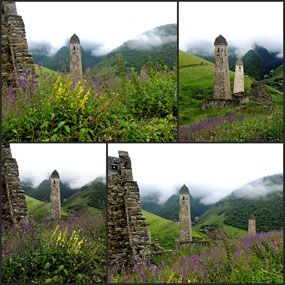
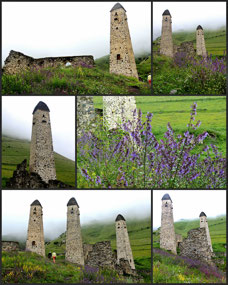
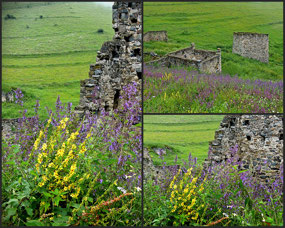

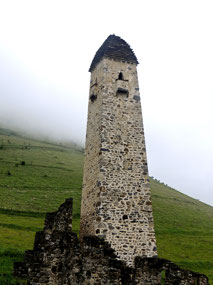
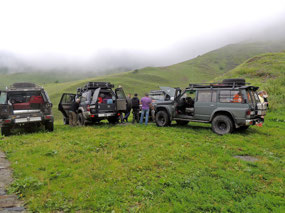
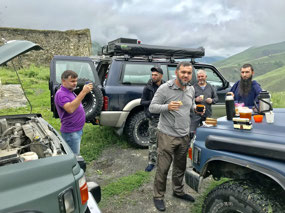
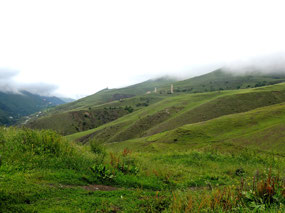
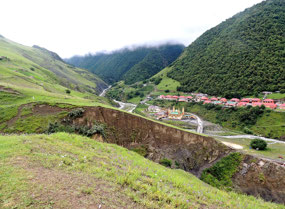

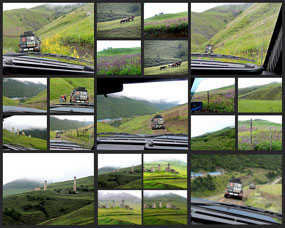

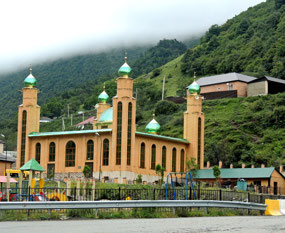
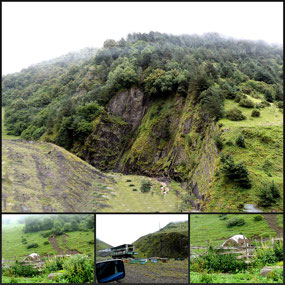
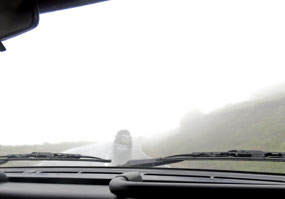
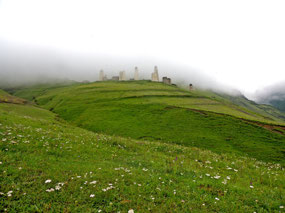
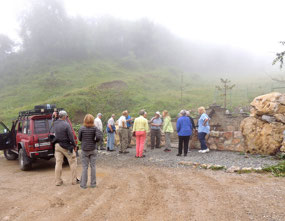
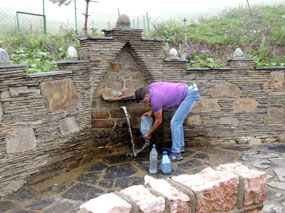

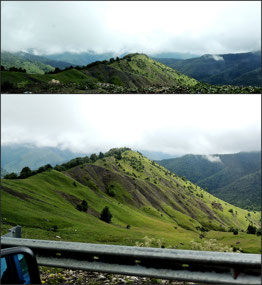

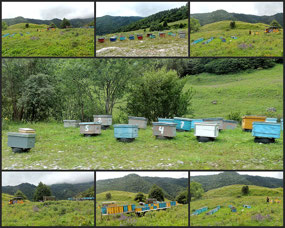
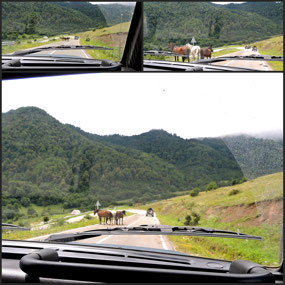
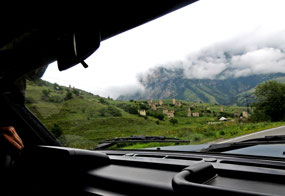
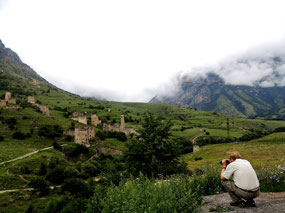
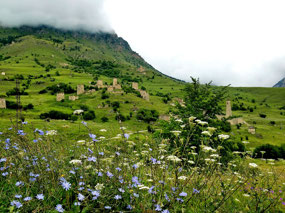
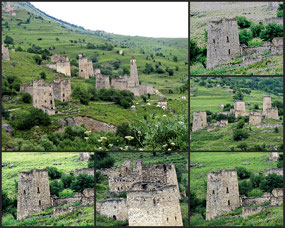
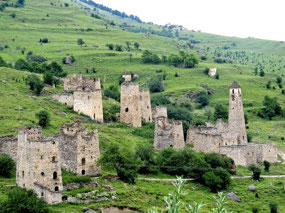
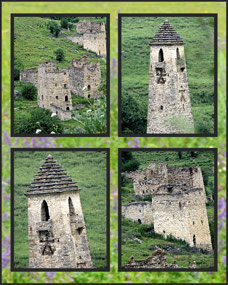
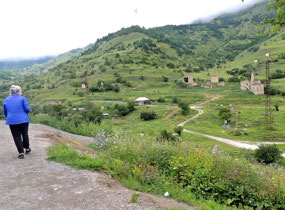
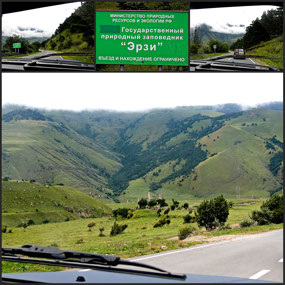
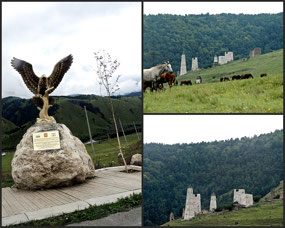
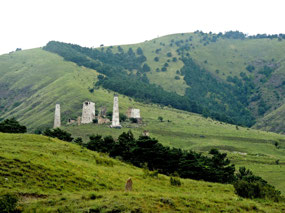
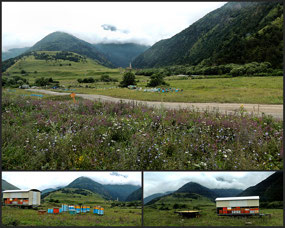
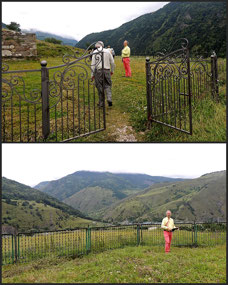
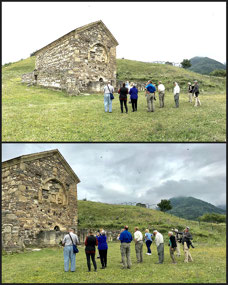
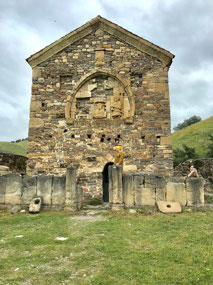
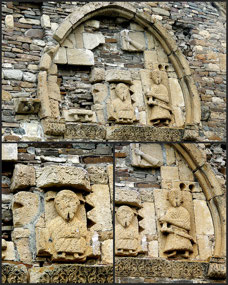
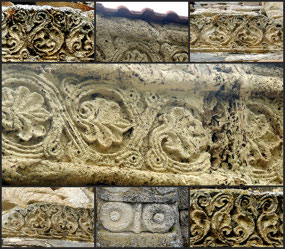
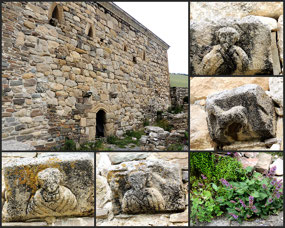
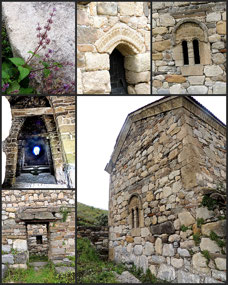
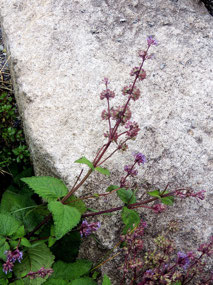
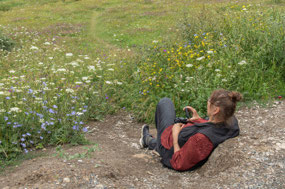
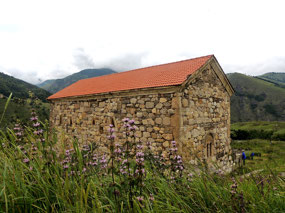

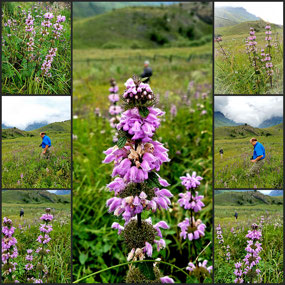
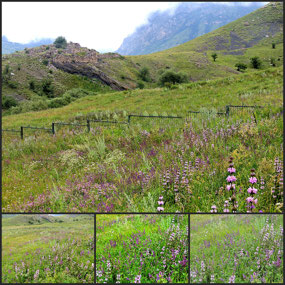
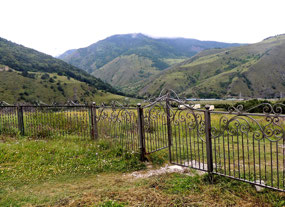
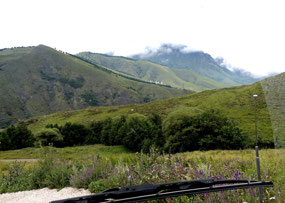


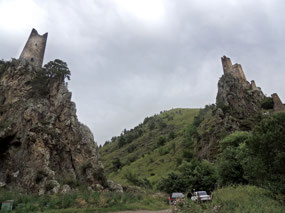
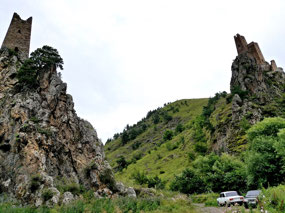
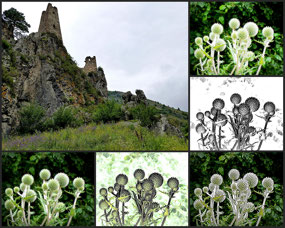
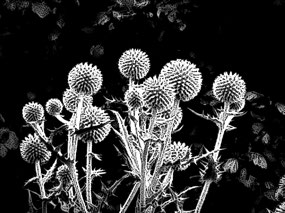
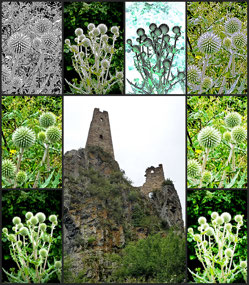
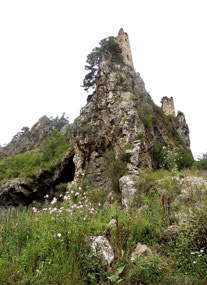
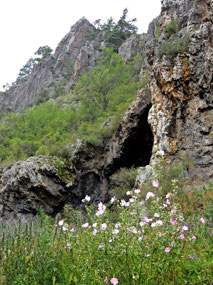
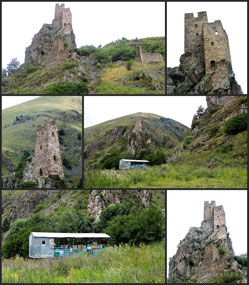
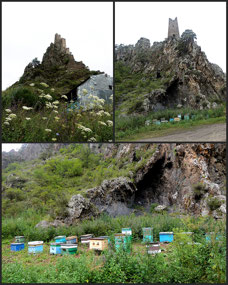
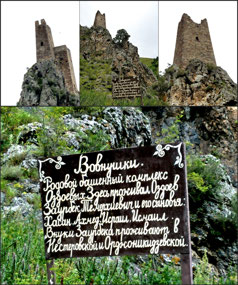
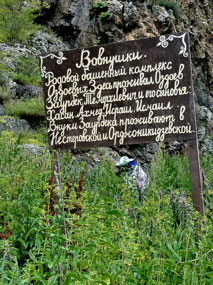
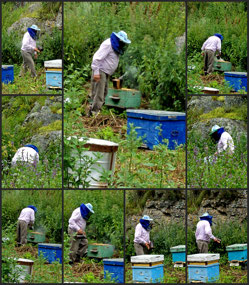

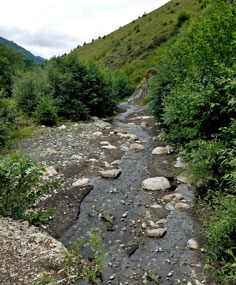
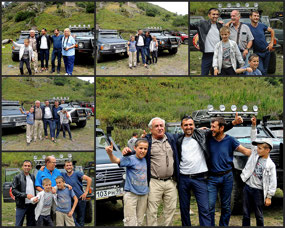
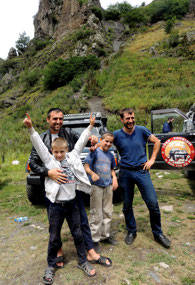
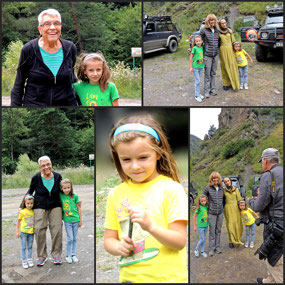
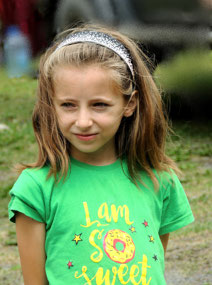
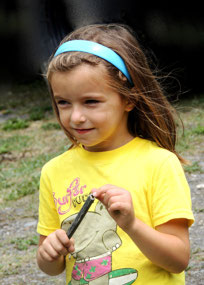

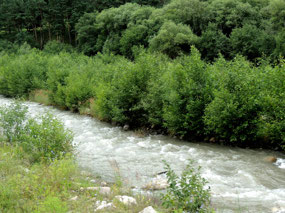
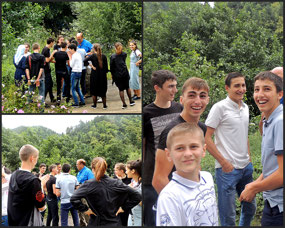
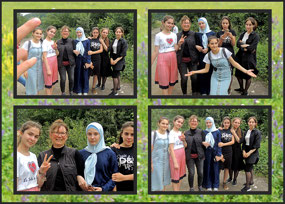
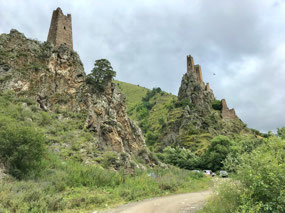
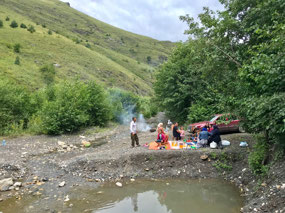
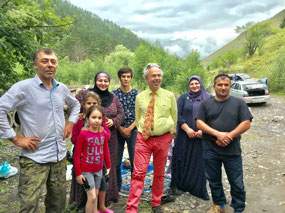
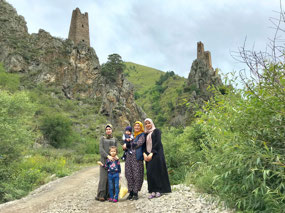
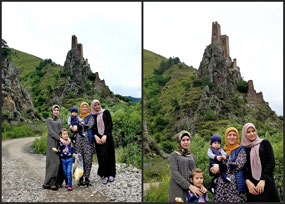
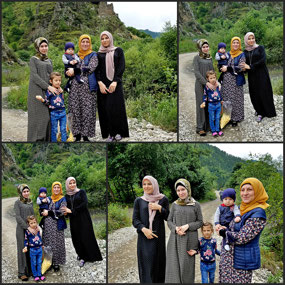
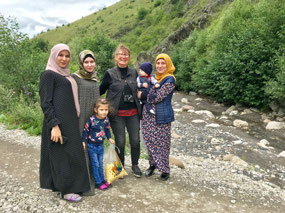
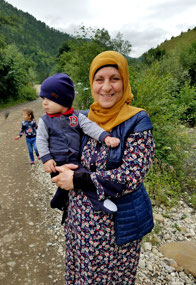
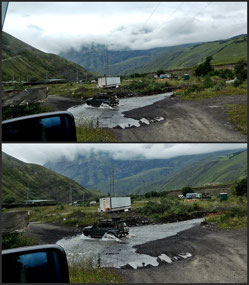
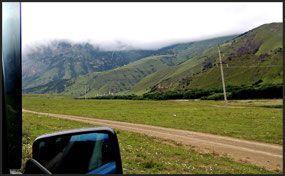
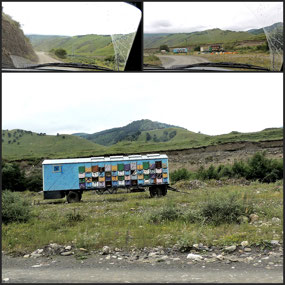
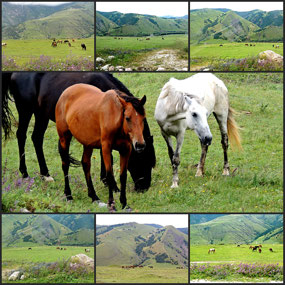
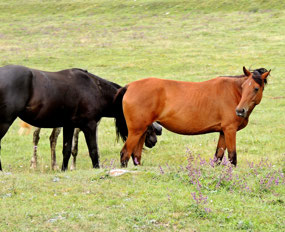
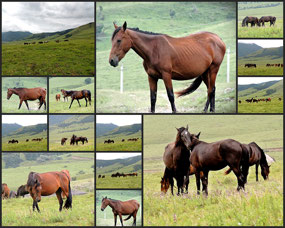
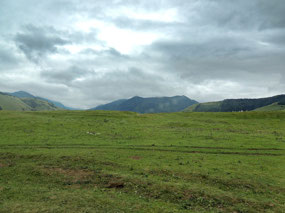
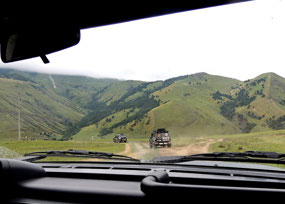
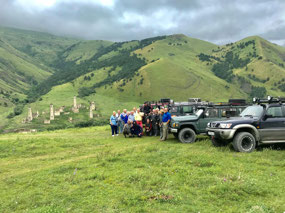
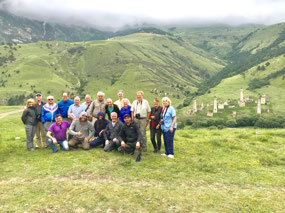
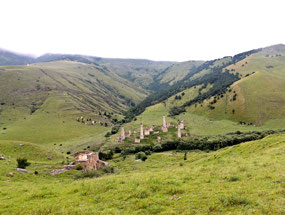
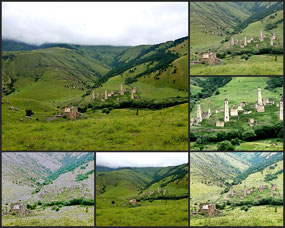
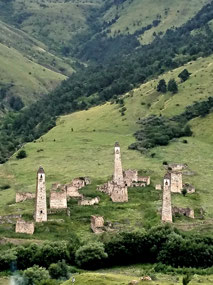
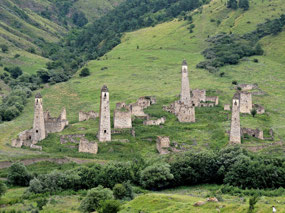
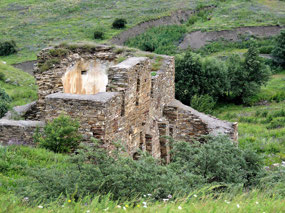
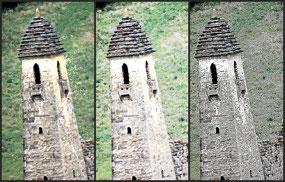
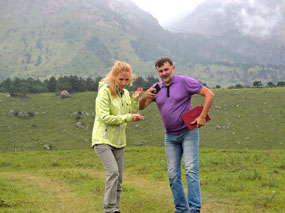
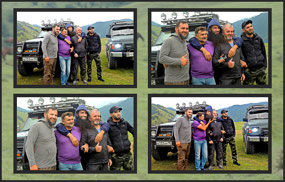
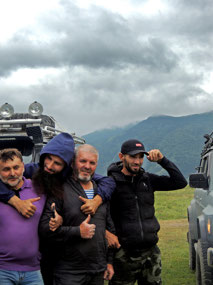
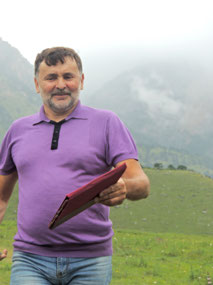
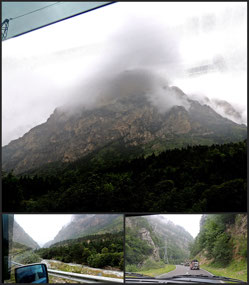
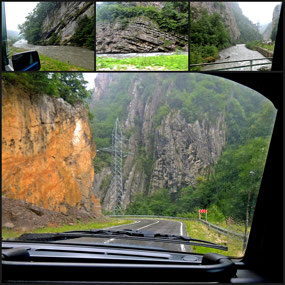
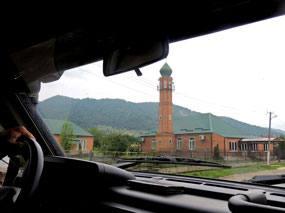
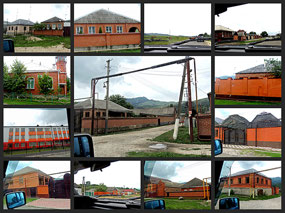
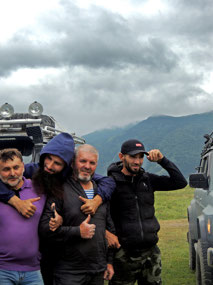
2025-05-22